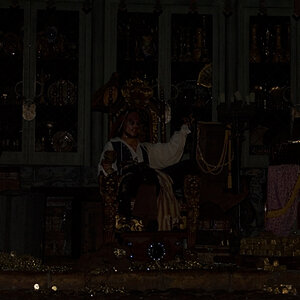mrca
No longer a newbie, moving up!
- Joined
- Mar 13, 2018
- Messages
- 872
- Reaction score
- 280
- Can others edit my Photos
- Photos NOT OK to edit
I am looking to shoot medium format film to scan and use as a toned b&w digital print. I am thinkng using a color film would give me the most control in conversion rather than shooting b&w film. Is that right? I would like a low grain, maximum sharpness, large latitude in the film that scans well. I will be shooting in studio on a rolling stand with strobes so film speed isn't a limitation. In color film I am thinking ektar 100 but b&w Ilford delta 100 if scanning from b&w. What are your thoughts? My purpose is to get the smooth tonal transitions from film and the look of medium format. I am shooting on a 6x7 Mamiya rb67.




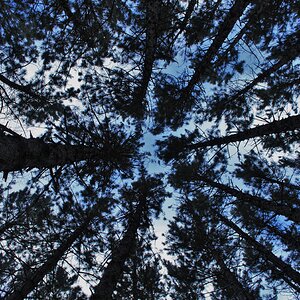

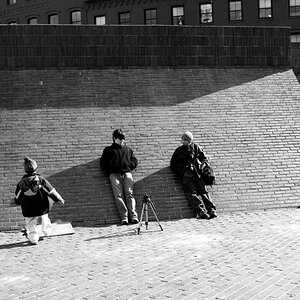
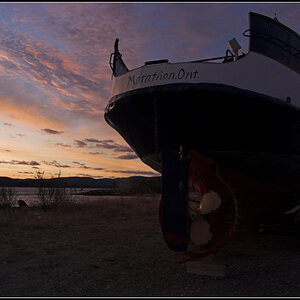
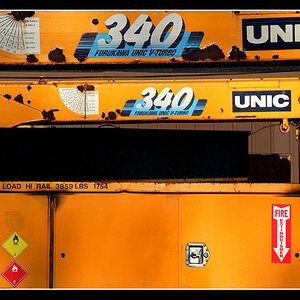
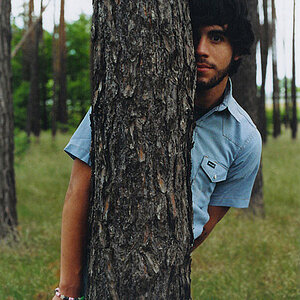
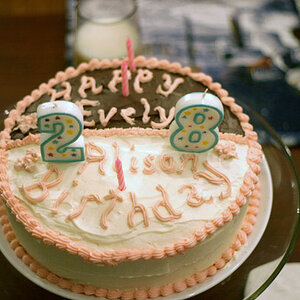
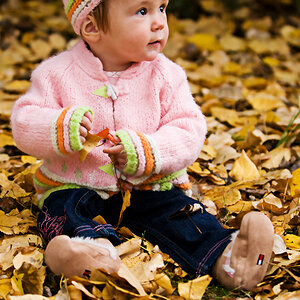
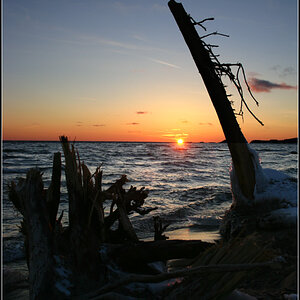
![[No title]](/data/xfmg/thumbnail/32/32926-ec27ecead8c80d803404500d8f888dbf.jpg?1619735754)
![[No title]](/data/xfmg/thumbnail/31/31011-439c1242fe08cf6b54f32bf06523a567.jpg?1619734567)
